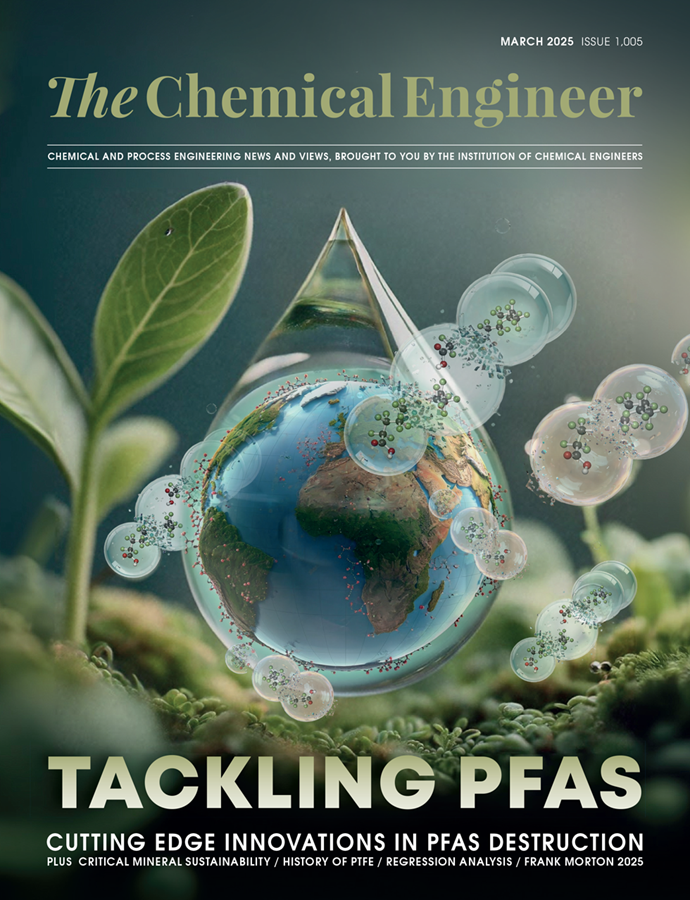Colonies of bacteria were discovered on uninstalled units, which is hardly a surprise given that the manufacture of reverse osmosis membranes is not a sterile practice, and untreated saline water is used during testing. The bacteria discovered on the units can contribute to fouling, Nagaraj reports.
“It may be beneficial to minimise membrane contamination and dormant bacteria load, especially in primary colonisers…inhibiting unused membranes prior to use,” she wrote in the study.
Looking at the used fouled membranes, Nagaraj said the conditions of the plant select bacteria from the starting community, including those from the region’s feedwater.
“The operational conditions of the plant are likely to favour the selection of a subset of seawater bacteria, which begin their journey from the oligotrophic seawater environment through the pre-filtration-steps to carve their niches in the high pressure hyper saline environment on the membranes.”
Nagaraj also reported that the biofilm structure varies between different areas of membranes, depending on how the external factors – including shear force, salt concentration, pressure changes, and permeate flux – affect the balance between colonising bacteria.
“It is very important for environmental engineers to understand the bacterial life of local seawater when building a desalination plant," Nagaraj said.
“This work will help us to design better ways to target the most problematic bacteria in biofouling systems and will have significant implications for the industry worldwide.”
The units tested were Dow Filmtec polyamide spirally-wound reverse osmosis membranes.
Biofilms and Microbiomes: http://doi.org/b9cj




